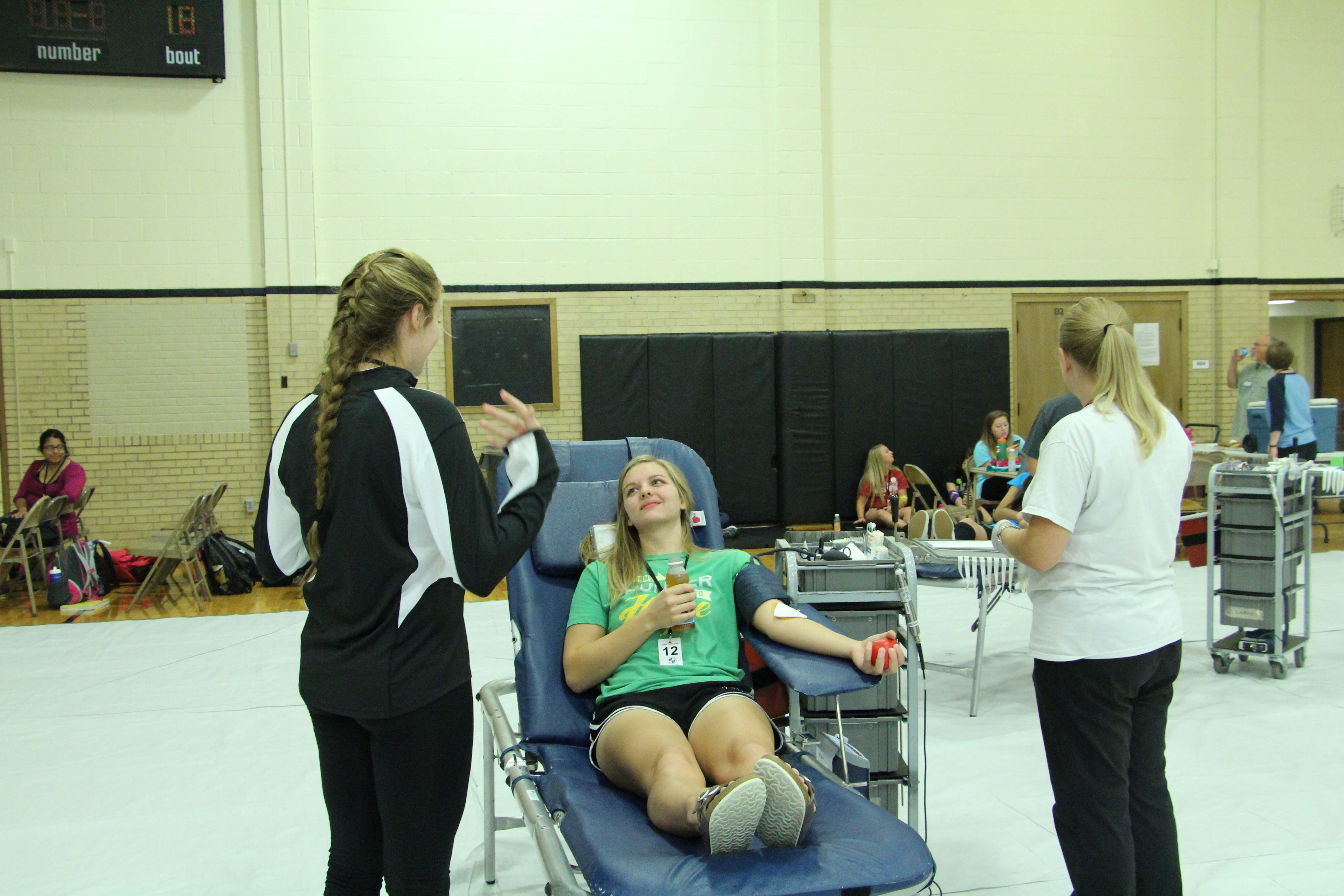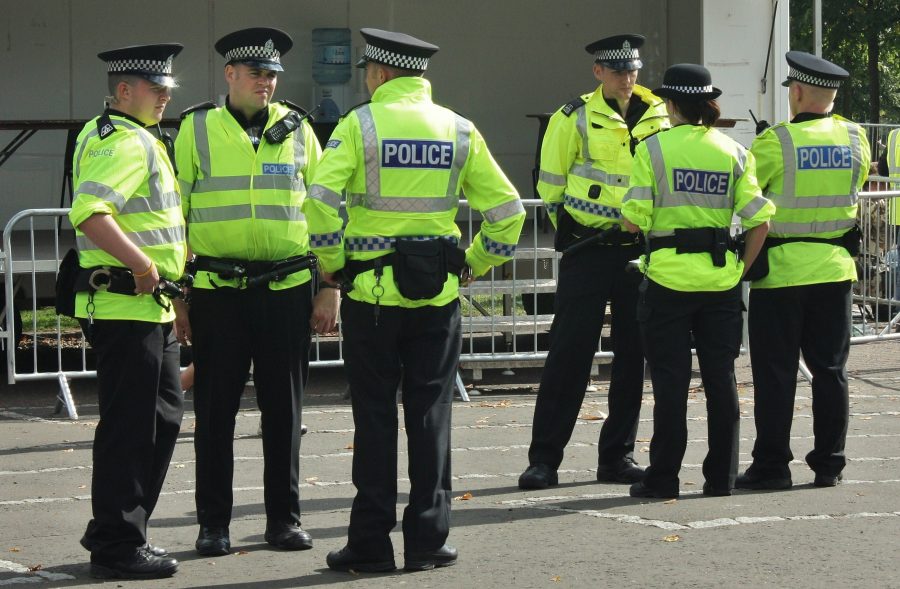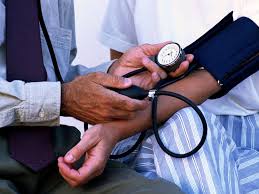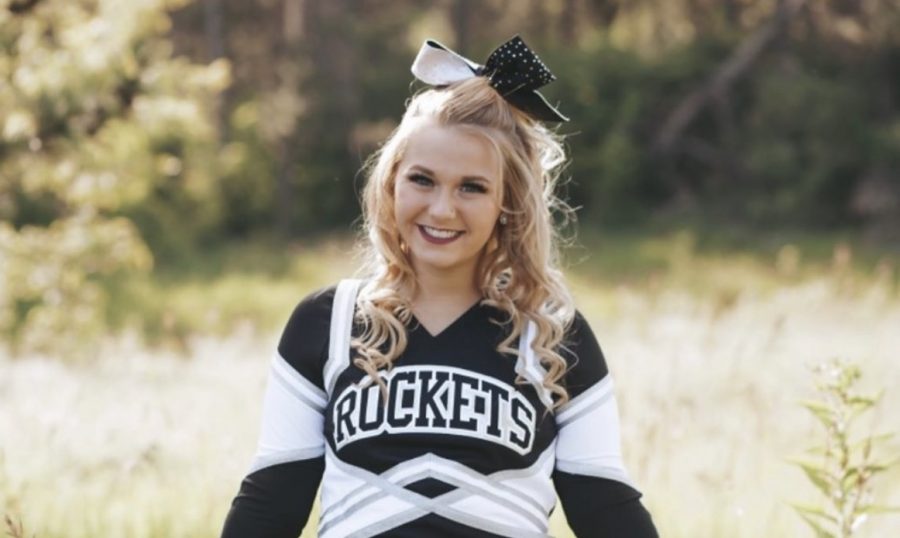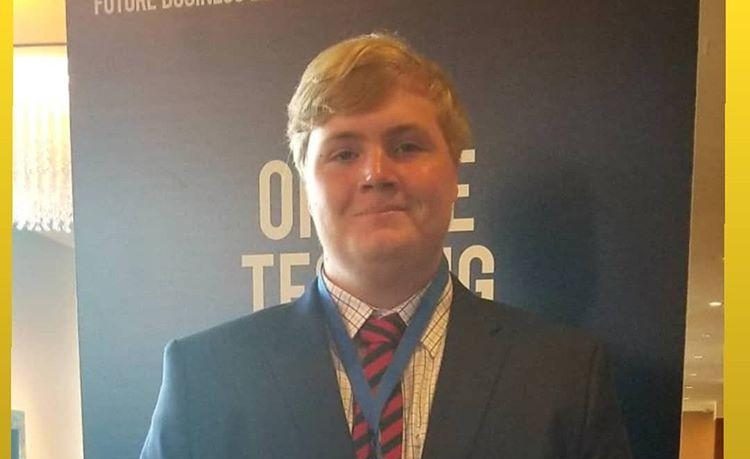When we think of heroes we usually picture a being with a cape or a firefighter who puts their life on the line to extinguish the toughest of fires.. For those who don’t own a cape or who don’t fancy running into burning buildings, there is a simpler way to be a hero. Donate blood. Take it from Student Council President Emma Davis and Student Council member Jessica Brennan who, when asked why they participate in the blood drive at LNE, said, “We love helping our community and providing other students with a good and safe opportunity to donate blood.” Emma knows about the demand for blood being, herself, in remission for Leukemia for almost 10 years. When I spoke to her about her experience and how it changed her, she told me, “It changed my life for the better! I have met amazing people that have changed my life.” Jessica on the other hand has been a part of the blood donation process. “It was important for me to see what I was recommending others do.” At Lincoln Northeast, the blood drive brought in 59 heroic people who donated their time and their blood to end up collecting an estimate of 50 units of blood. Blood drives aren’t the only place to donate, though. Places like The American Red Cross are always open to people willing to help. You might even host your own blood drive for your community if you’re feeling extra helpful. More information about this process is available at www.RedCrossBlood.org.
To debunk some myths and misconceptions about blood donation, it turns out that donating blood really isn’t all that scary. Here’s what Jessica had to say about her experience with donating blood, “It’s a great experience. The pain is minor and temporary but the patients we’re helping will be eternally grateful.” It’s true. If you could save somebody’s life by only experiencing a brief moment of pain, wouldn’t you? For the people who are still not convinced, here are some facts about the blood donation process:
- Donating blood is very safe process
- A sterile needle is used once for each donor and then discarded
- Every blood donor is given a brief physical to ensure the donor is in good enough health to donate
- The actual blood donation usually takes less than 10 – 12 minutes
- The entire process, from arrival to departure, takes about an hour and 15 minutes
There are a few different options to choose from when donating blood. You can either donate whole blood, or blood components, which consist of plasma, red cells, or platelets. This process is called Apheresis Blood Collection. The latter isn’t very easy, it can take up to two hours, but it’s still pretty common. However, the most common type of blood donation is whole blood donation. After the blood is collected it is taken to be tested and if everything checks out, your blood could be saving a life within days. However, there are some restrictions if you are under the age of 17 or under 100-110 lbs, or if you are seemingly unhealthy, you may not qualify to donate blood. For example, if you are anemic, or previously had leukemia, you wouldn’t want to be offering off what you can’t spare. Sometimes the blood donation process can reveal an underlying condition for you when the blood is tested. Some people have found out they had anything ranging from leukemia to AIDS while trying to donate blood.
Blood donation is crucial to the majority of people who need blood to stay alive because their own bodies are failing them. With the demand for type 0 blood, or universal blood, anyone could donate and anyone could receive the blood. Plenty of people don’t realize how something so simple can change a life forever for a person in need of blood. Even knowing that there is a possibility of staying alive could motivate a person to recover. When I asked Emma what kept her positive throughout the whole experience, she replied, “My family and my friends from my cancer camp. They were a great support system.” She also had a message for anyone who is struggling with leukemia or any other cancer. “Keep fighting because you can get through it. It will be the hardest time of your life, but you can get through it.”

